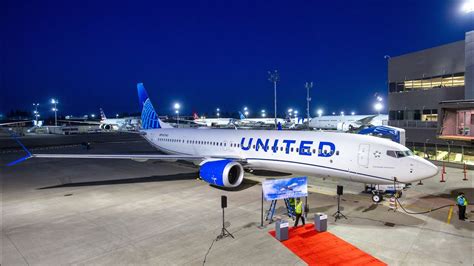The US DoT Form 41 is treated by many as something less than truthful. Sometimes this is because the viewer does not like the data. Other times its because airlines are known to be “creative” with how they report their numbers to DoT. Sometimes an OEM will quote the data because it helps make a point – typically a marketing point. And the circle goes round and round.
The thing is, in the commercial aviation world, there is nothing quite like the US DoT Form 41. There is a tremendous amount of detailed information in Form 41 and it is unique. So, flawed as it might be, we use it because, frankly, there’s nothing else.
The chart below shows total air ops expenses divided by total air hours. The data we used is for all US-based airlines flying the aircraft shown in the chart. We then took the average of the US-based fleet to get seat counts by aircraft type. Dividing this all out produced the chart.
 One could take a position that the data is spurious – after all, just look at the variance, it does look odd. But, on the other hand, flawed as the data might be (nobody knows or will say exactly how flawed) is what we have here is equally flawed for all aircraft?
One could take a position that the data is spurious – after all, just look at the variance, it does look odd. But, on the other hand, flawed as the data might be (nobody knows or will say exactly how flawed) is what we have here is equally flawed for all aircraft?
That said, we think the chart shows interesting trends. One fleet planner expressed surprise to see the 767-300 curve, “…I expected the 763 to perform better than that”. Followed by “but then Form 41 is the not the cleanest data for aircraft economics comparison”. Another industry contact humorously said, “It is interesting and suddenly makes F41 data suddenly very credible”.
We won’t opine on the chart. But we suspect it might elicit some comments.
Views: 9




DOT data is not at all complete to be anything more than this: Well, this is what the government says, but we know it is not accurate. Even when you ask them why they don’t do a better job of collecting data, it seems to be because they don’t necessarily want to change anything. Certainly, that is the industry’s stance which says it already reports copious amounts of data and it would be an economic burden to report more. Be that as it may, this is the data we use to set policy so if the data is flawed so, too, is the policy. There is a more complete data source developed precisely because DOT is so wanting. masFlight developed the most comprehensive database on airline and airport operations to produce information that airlines and airports are using to increase efficiency and save money. Cheers